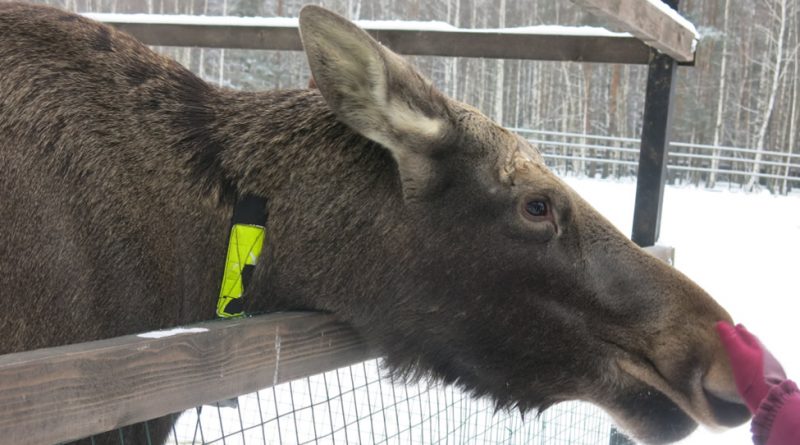Fencing in Conservation Areas
Fencing in Conservation Areas
Wildlife conservation plays a large role in protecting vulnerable wildlife and species at the brink of extinction. However, in order to coexist with the human world and support the tourism that often goes hand-in-hand with these efforts, fencing remains a major aspect of conservation to keep the masses and dangerous predators away from protected flora and fauna.
While there have been some efforts to create wildlife reserves and parks that are fenceless to create a more natural experience for the animals, fences are still a mainstay in the industry.
Continue reading below as we go over why fencing is important in animal conservation areas, its effectiveness, and expert opinions on the matter.
Why is Fencing in Conservation Areas Important?
The use of fences in conservation areas is two-fold: it keeps humans and intruders from accidentally or purposefully harming protected species, and also keeps the fenced-in animals from inflicting damage on tourists and nearby agriculture.
Fencing has been used in conservation areas to protect the fauna of such protected zones. Mainly, it’s used to keep out poachers, unwanted predators, or invasive species.
Additionally, fences show a clear delineation of where conservation areas start and end, which can help prevent other such intrusions to the area like through the use of off-road vehicles or people on foot that may disturb the animals.
Is Fencing in Conservation Areas Effective?
There have been a few studies done so far investigating the effectiveness of fencing in conservation areas, which have shown some mixed results.
Of course, fencing in parks or reserves that contain potentially dangerous animals like lions, elephants, or tigers is necessary to keep visitors and nearby farms and agriculture safe. However, the benefits fencing provides to the wildlife population are a little less clear.
One study found that once the fences are put in place, the population of the protected animal increased once it was protected from outsiders. However, the fencing also prevented the animals from dispersing geographically and enjoying genetic diversity, which eventually lead to a declining population over time, and even too much competition for resources.
Plus, in some places where fences were placed, human poachers still eventually found ways to enter the protected area. So, this proved that fencing is only effective if it is managed to some degree to maintain its integrity.
What Do the Experts Think?
Many experts make it clear that fences do belong in conservation efforts as a way to prevent conflicts between wildlife and humans. Thus, fences can protect humans from animals and vice versa.
Plus, experts note that fencing is almost always required when trying to protect endangered species. They explain that it’s the only way that vulnerable wildlife can be reintroduced to their native areas without any outside threats or interference.
However, in larger parks or reserves, moving away from fences can make more sense. Some have pointed out that they’re difficult to maintain, and aren’t always as effective as we’d like to think on the long-standing health of protected animal populations.
– Written by Bailey Schramm
